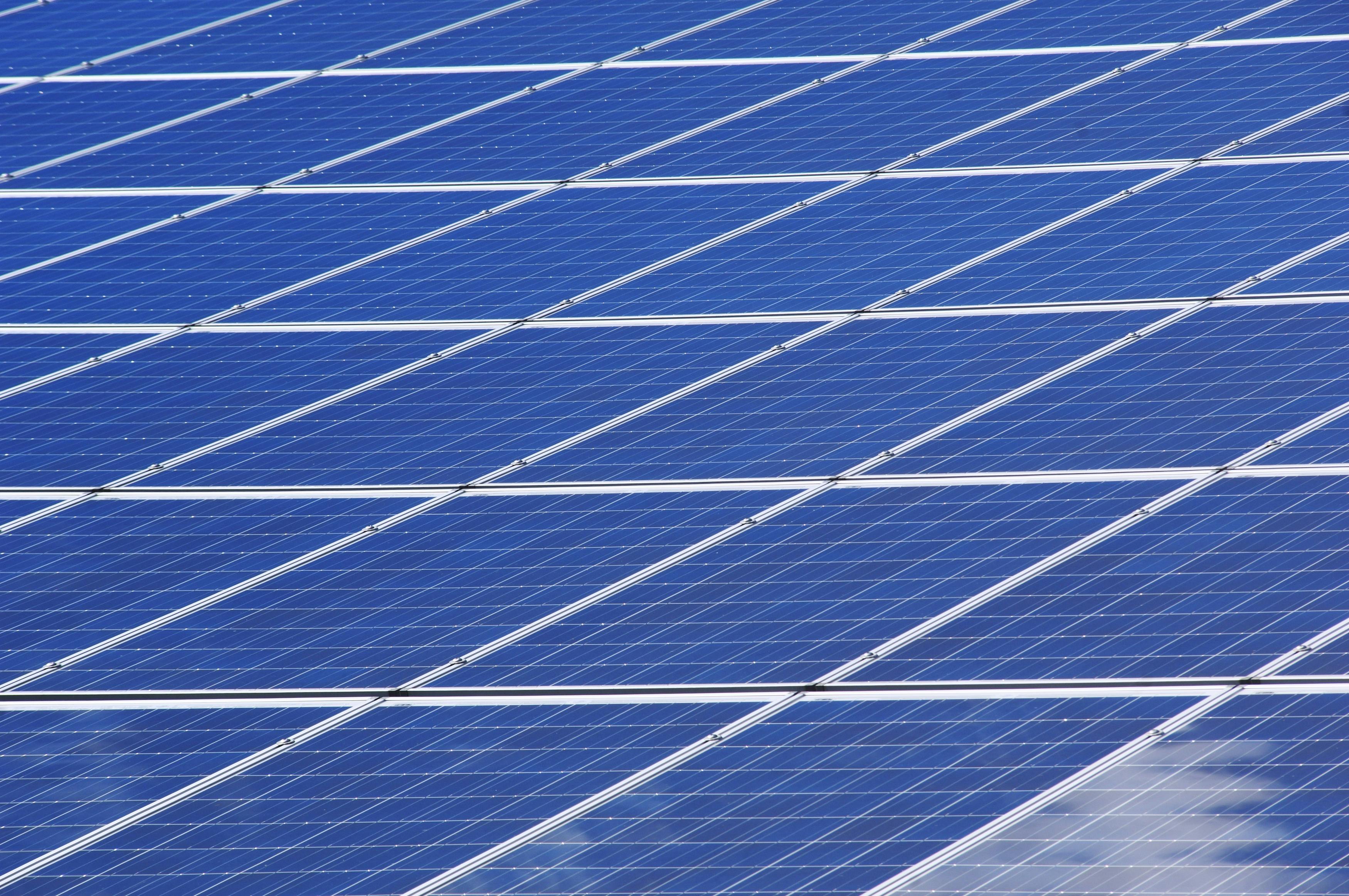"Breaking Down the Barriers with Transparent Solar Panels"
Introduction: In the crossroads of technology and sustainability, a quiet yet profound shift has been brewing. Transparent solar panels, an innovation once thought to be the stuff of science fiction, is now inching closer to reality. Here's a deep dive into this revolutionary technology, its potential impact on our future, and the hurdles it must still overcome.

The Genesis of Transparent Solar Panels
Transparent solar panels are a relatively recent development in the field of renewable energy. For decades, scientists and researchers have dreamed of a technology that would enable harnessing solar power without the need for large, space-consuming, opaque solar panels.
The first significant breakthrough came in 2014, when researchers at Michigan State University successfully created a transparent luminescent solar concentrator (TLSC), a device that uses organic salts to absorb non-visible wavelengths of ultraviolet and infrared light. This marked the birth of the first generation of transparent solar panels.
The Leap into the Present
Fast forward to today, transparent solar panels have evolved significantly. One of the most promising advancements involves using a thin film of perovskites, a type of material that can efficiently convert sunlight into electricity while maintaining transparency.
An exciting development came in August 2020, when a team of South Korean researchers created semi-transparent solar cells that achieved a record-breaking light utilization efficiency of 7.1%. Although this is still lower than the 15-20% efficiency of traditional solar panels, it represents a significant leap towards the commercial viability of transparent solar panels.
The Market Implications
The potential market for transparent solar panels is enormous. According to a study by the National Renewable Energy Laboratory (NREL), these panels could generate up to 40% of America’s electricity if installed on all glass surfaces in the country.
At current technology levels, the price for these panels is still high, making them less competitive with traditional solar panels. However, as research progresses and manufacturing processes improve, the cost is expected to drop significantly, opening the door for widespread adoption.
The Challenges Ahead
Despite the promising potential, transparent solar panels still face significant hurdles. The most pressing challenge is increasing their efficiency to levels comparable with traditional solar panels.
Additionally, durability is a concern. Many of the materials used in transparent solar panels, such as perovskites, are not as stable as silicon, the material used in traditional solar panels. This means they may degrade more quickly, reducing their lifespan and effectiveness.
Looking Forward
Transparent solar panels represent a tantalizing glimpse into our sustainable future. With technological advancements, these panels could revolutionize how we harness solar energy, turning every window and screen into a potential source of renewable power.
Although there are still challenges to overcome, the progress made so far is encouraging. As we continue to innovate and push the boundaries of technology, the dream of a world powered by transparent solar panels edges ever closer to reality.




